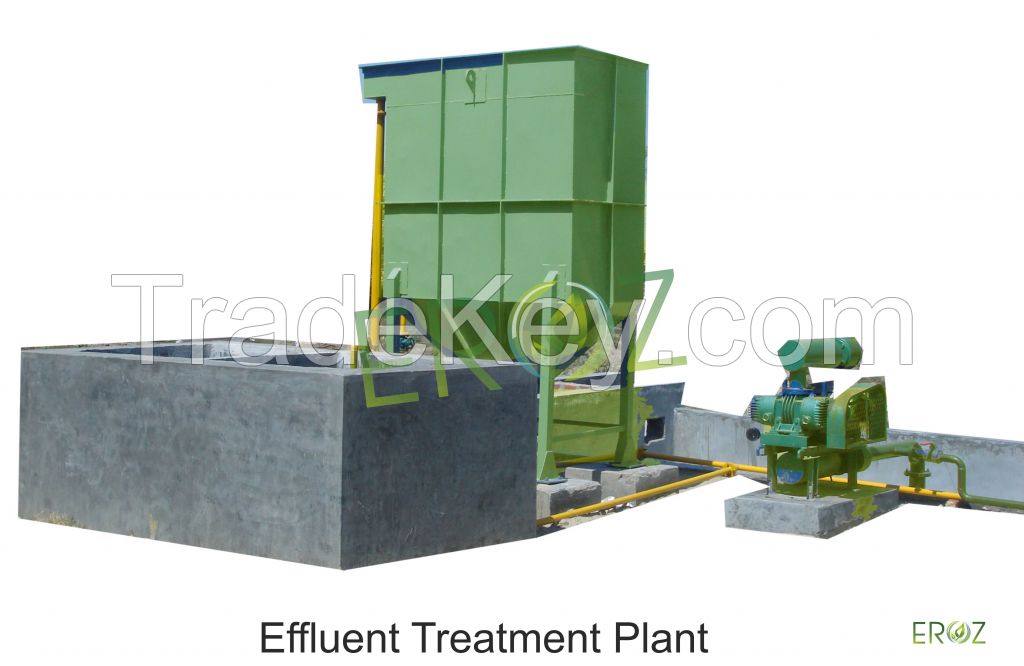

FOB Price
Get Latest Price|
1 Set Minimum Order
Country:
India
Model No:
STPETP1
FOB Price:
Place of Origin:
-
Price for Minimum Order:
-
Minimum Order Quantity:
1 Set
Packaging Detail:
export worthy
Delivery Time:
4 to 6 weeks
Supplying Ability:
-
Payment Type:
T/T
Product Group :
Contact Person Mr. Capt Anil Kumar
25-D, Industrial Growth Centre, Mansa Road, Bathinda, Punjab
| Country: | India |
| Model No: | STPETP1 |
| FOB Price: | Get Latest Price |
| Place of Origin: | - |
| Price for Minimum Order: | - |
| Minimum Order Quantity: | 1 Set |
| Packaging Detail: | export worthy |
| Delivery Time: | 4 to 6 weeks |
| Supplying Ability: | - |
| Payment Type: | T/T |
| Product Group : | Water Treatment Plant |